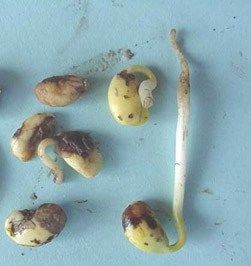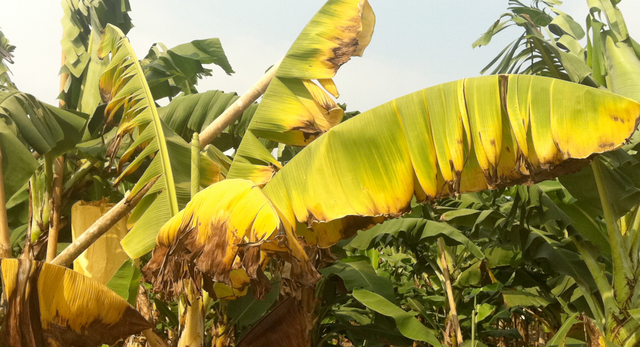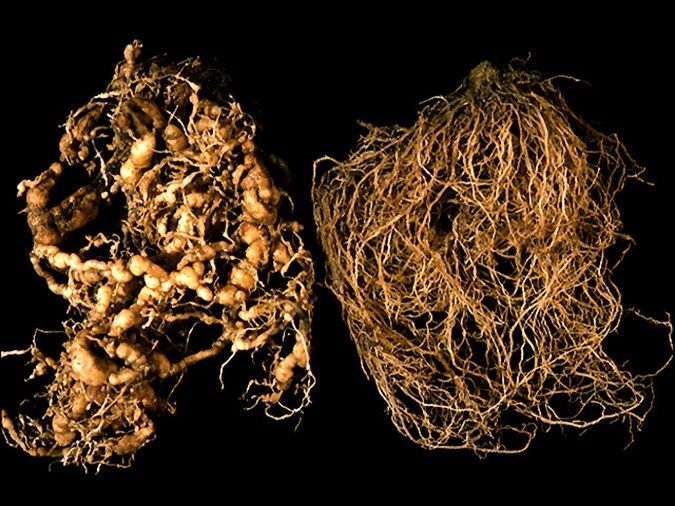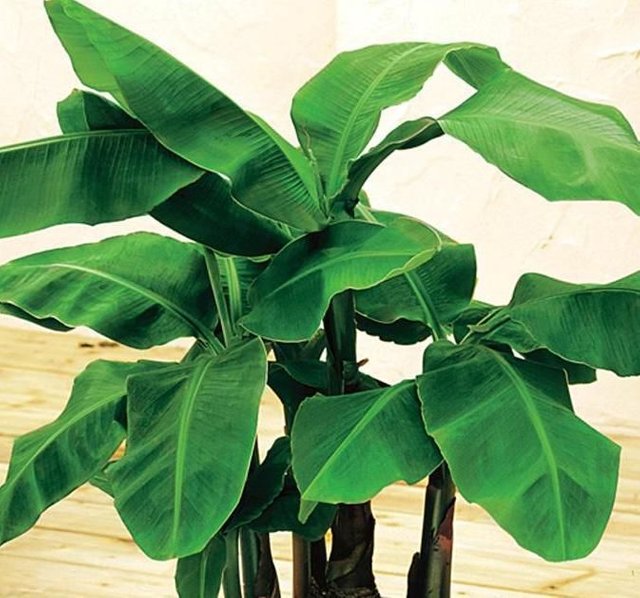Fusarium Wilt - Panama Disease
Fusarium Wilt and Bananas

Fusarium wilt found in bananas best known by the popular name Panama Disease. This is a soil-borne disease known as Fusarium oxysporum. The fungus enters the banana plant through the root system and colonizes the xylem vessels thereby blocking the flow of needed water and nutrients to the plant.
Soil-Borne Diseases
These soil-borne diseases can be pre and post-emergence. Fusarium, Pythium, and Rhizoctonia species, root rot, including Phytophthora, vascular wilts caused by fungi.
Pre-emergence Diseases

Pre-emergence is where young seedlings decay in the soil before appearing above the soil surface. This occurs when conditions for seed germination are poor, such as cold, hot or very wet soil, poorly-drained soil, compacted soil or in the presence of undecayed organic matter. Commonly found in compacted soils.
Post-emergence Diseases
Post-emergence is where stems and roots of tender seedlings are attacked at the soil line and the seedlings fall over. High salt concentrations in the soil also cause this effect. This reflects similar problems causing this much like the pre-emergence causes.
Root rots can affect plants beyond the seedling stage when the fungi invade internal root tissue, interfering with the supply of water and nutrients. Above ground, symptoms include loss of vigor, leaf yellowing, leaf drop, wilting starting at the growing tip, twig dieback, and sudden death. These are progressive symptoms that appear later in the growth cycle. Poor soil conditions increase and the lack of nutrients to the plant weakens the natural defense to these problems. This, in turn, increases the need for post applied foliar pesticides and various alternative treatments. Many of these treatments are unable to rectify the problem and high losses can occur.
Vascular wilts are characterized by plant wilting and discoloration of the vascular system at stems, trunks, and branches.

Infected Root (Nematode)
Nematodes are microscopic, unsegmented worms. They include pest nematodes like the root-knot nematode which invades the roots and causes them to form gall-like lesions that restrict water and nutrient uptake which causes wilting.

Symptoms
Fusarium characteristics result in vascular discoloration. The discoloration is progressively worse as the infection continues starting from pale yellow in the earliest stages to dark red or almost black in the latest stage.
The first signs which often go unseen develope in the feeder roots, this is the start point or entry point of the infection. The fungus spreads to the rhizome and then on to the pseudostem.
The outer appearance can give you insight into how bad the infection is within the plant. The first visual signs of this disease are the yellowing and wilting effect to the leaves. In some cases, the leaves will remain green with yellowing spots and prematurely snap. Eventually, this will lead to an early death of the banana plant.
The banana suckers typically do not show the infection until four (4) to five (5) months. This adds to the spread of the disease throughout the banana plantation.
The banana fruit does not show symptoms of the disease. However, it should be noted that poor water absorption and nutrient uptake starves the fruit of essentials. Starving the fruit of these essentials adds a whole new problem to farmers and exporters of the Cavendish banana.
Modes of Transmission and Infection
The fungus is commonly spread through infected or infested soil, water, and planting materials.
Soil
This fungus can survive in infested plant debris, soil transferred from other areas by vehicles or people, and various mediums of potting soils. Animals can present a mode of transmission of this fungus.
Water
Runoff water, reservoirs, and irrigation systems are also carriers of the fungus and should be managed properly.
Planting Materials
Suckers of rhizomes can transmit the disease when planted in a new are often times with unseen symptoms. It is best practice to use certified tissue culture plantlets that are free of the fungus.
Management and Control Options
Keeping in mind the fungus can live in the soil for decades and must be managed properly to eradicate the infection.
There are several steps that can be taken
Planting cultivars that are not infected
Properly balancing maintaining the base saturation levels of the soil
Maintaining water holding capacity of the soils
Improving natural water drainage
Maintaining the proper ph of the soil and cultivar planted
The steps listed can increase the soil and plants natural abilities to ward off the fungus and disease. In future blogs, we will discuss proper soil nutrition and water-holding capacities of soil.
Conclusion
With many years of experience traveling to many countries working on projects from requests by farmers and companies needing help with various problems, there are a few key observations made when seeing serious infections and what patterns I see.
Many times farmers budgets or cash restraints have forced them to make cutbacks of inputs causing a crash course of unhealthy agronomy practices. This has a sigificant long lasting affect to the long term success of a plantation or small farmer. It is of vital importance to maintain the land and soil reducing the risk of infections and increasing our profitability as a farmer or plantation owner.
Most farms or plantations visited have several commonalities. Severely compacted soils, poor drainage, ph off the charts, and nutrient deficiencies. The noted issues are usually from lack of understanding.
Not managing the basics of agronomy only raises the risk of infection and losses!

“Agronomy is the scientific management of land to practice effective soil conservation and to maximize crop production.” – Jim Cole